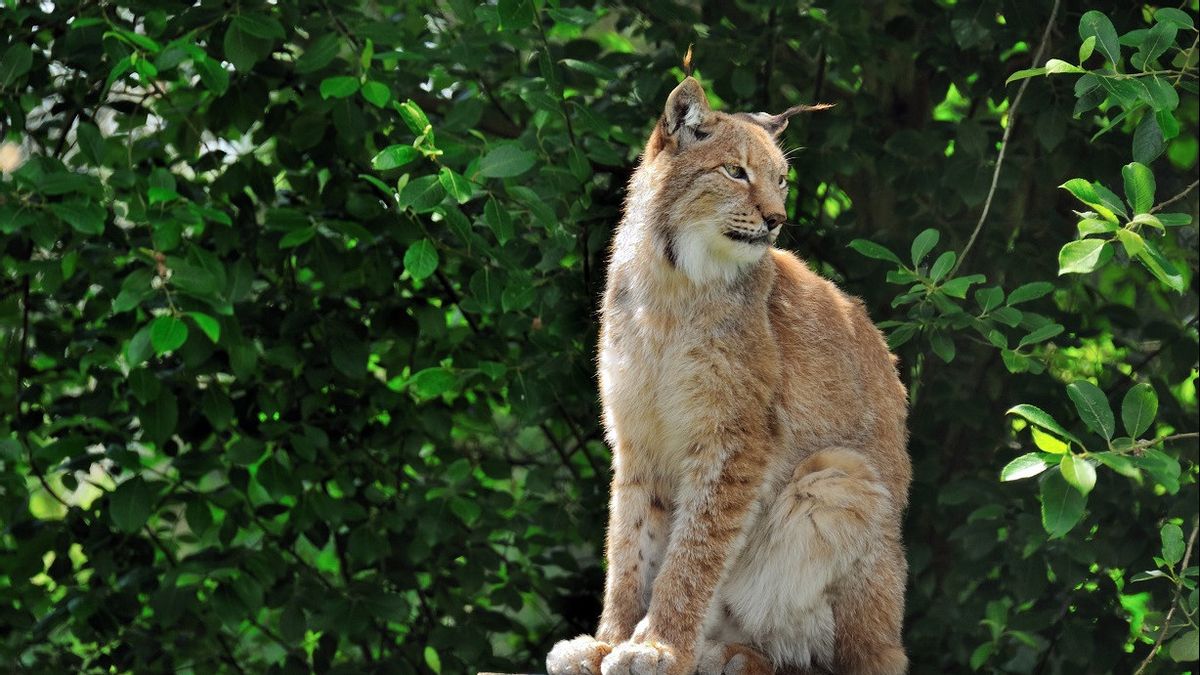JAKARTA - Good news comes from the conservation and preservation of the Iberian lynx. Once critically endangered, the Iberian lynx wildcat population grew rapidly.
In its announcement Friday, May 29, Spain's Ministry of the Environment said the population of the Iberian lynx in Portugal and Spain rose above 1,000 last year.
This figure coincides with the birth of approximately 414 Iberian lynx cubs under a co-breeding program, as well as a major leap forward in efforts to conserve the endangered animal.
The program was launched in 2002 when the number of the Iberian lynx, a feral cat native to the Iberian Peninsula, dropped to just 94 in Spain and none in Portugal, due to agriculture, poaching, and road accidents.

Launching the website lynx.panda.org, the number of Iberian lynx was said to be less than 100 in the wild in 2002, making it a critically endangered animal.
Late last year, 1,111 Iberian lynx were living in the wild in the region, including 239 breeding females, the ministry said in a statement. This number is the highest on record since species monitoring began
"With a 30 percent increase from 2019, this demographic curve allows us to be optimistic and draw a scenario that keeps the Iberian big cats from a critical risk of extinction", the ministry said reported Reuters.
In 2015, the International Union for Conservation of Nature (IUCN) lowered the threat level for the Iberian lynx, a spotted nocturnal wildcat distinguished by its beard and ear tufts.
Originally, the Iberian lynx belonged to the 'Very Endangered' group of animals. His status changed to 'Endangered'.

Meanwhile, the World Wildlife Fund (WWF) an international non-governmental organization that deals with issues concerning conservation, research, and environmental restoration as a partner in this program said the data on the Iberian lynx was encouraging.
"This is a huge success for conservation in Spain and the world. Some species can escape from critical situations like the Iberian lynx", said Juan Carlos del Olmo, head of WWF Spain.
"To be classified as non-endangered, the population of the Iberian lynx must be above at least 3,000, including 750 breeding females".
SEE ALSO:
Del Olmo added that this could be achieved by 2040. However, much remains to be done to eradicate the threat to the Iberian lynx. Ranging from hunting, road accidents to increasing charges for the murder of the lynx.
The English, Chinese, Japanese, Arabic, and French versions are automatically generated by the AI. So there may still be inaccuracies in translating, please always see Indonesian as our main language. (system supported by DigitalSiber.id)


















